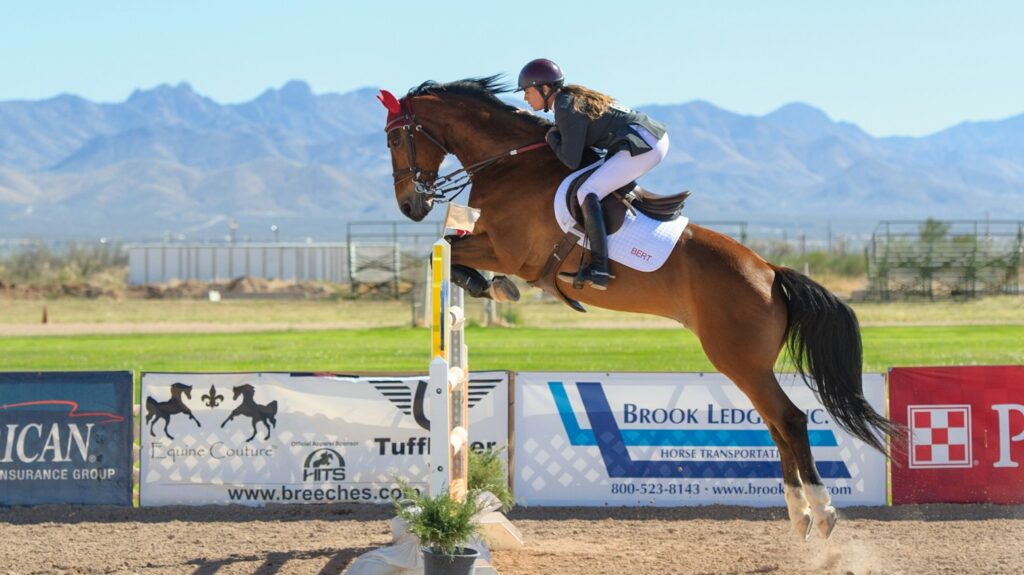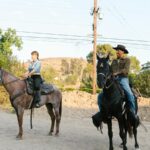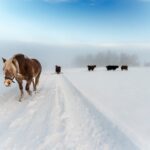Show jumping is an exhilarating equestrian sport that combines precision, athleticism, and partnership between horse and rider. For beginners entering this dynamic world, selecting the right equine partner is perhaps the most crucial decision they’ll make. The ideal horse for novice jumpers should possess a forgiving nature, sound jumping technique, and the patience to accommodate learning mistakes. While experienced riders might seek horses with exceptional scope and power, beginners benefit most from mounts that prioritize consistency and confidence-building. This comprehensive guide explores the most suitable horse breeds for those taking their first leaps into show jumping, examining their distinctive characteristics, temperaments, and the qualities that make them ideal learning partners for aspiring equestrians.
Understanding What Beginners Need in a Show Jumping Horse
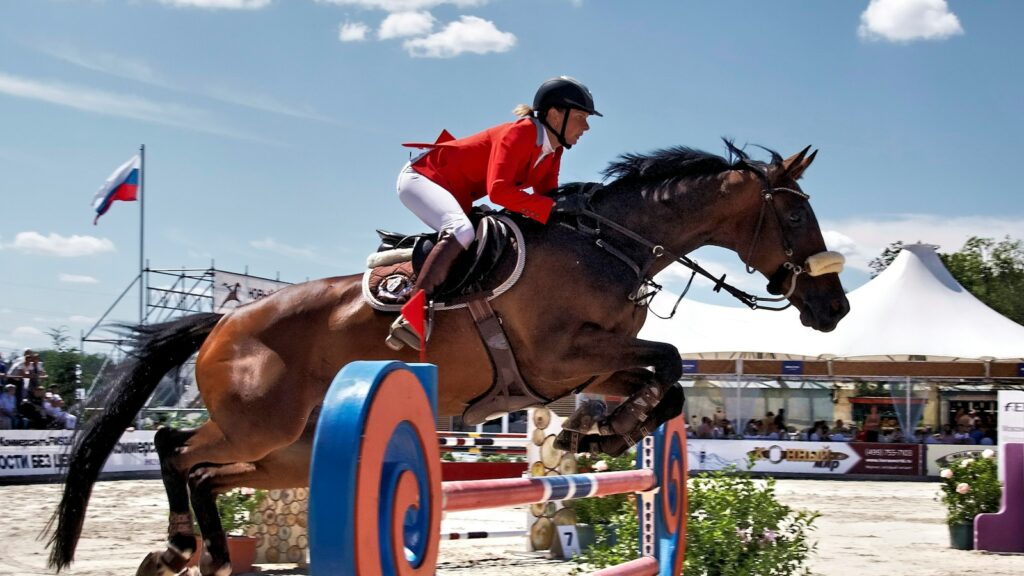
Before diving into specific breeds, it’s essential to understand the qualities that make a horse suitable for jumping novices. Temperament ranks highest among these considerations—a calm, forgiving disposition will help riders build confidence as they develop their skills. Physical attributes matter too; a well-balanced horse with good conformation will move more predictably and jump more naturally, making the learning process smoother. The ideal beginner jumper should have moderate height (typically 15-16.2 hands) to be manageable yet capable of clearing standard obstacles. Most importantly, the horse should demonstrate patience with rider errors, a willingness to jump even when the approach isn’t perfect, and enough experience to sometimes “save” its rider from minor mistakes.
Irish Sport Horses: The Gold Standard for Beginners
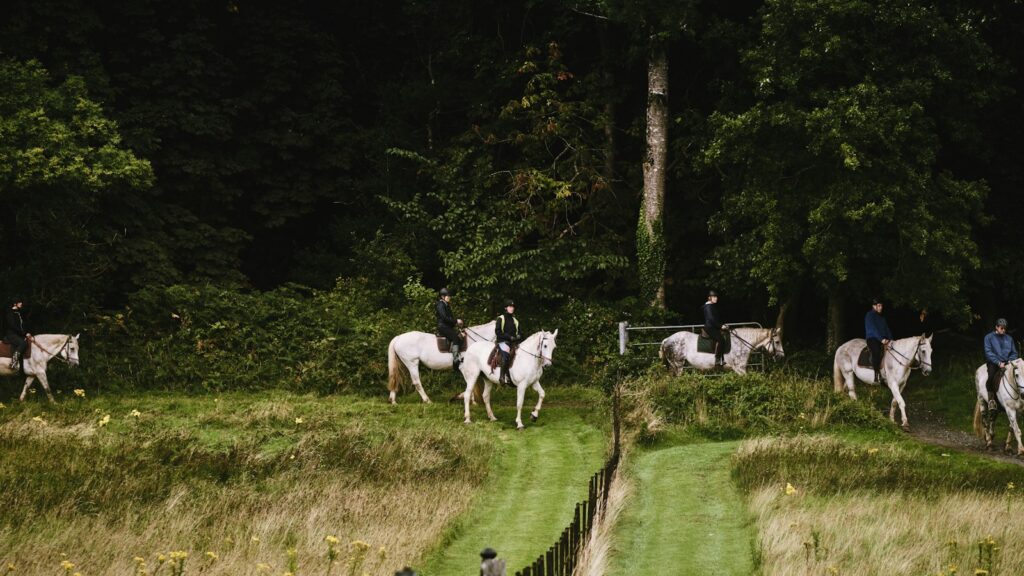
Irish Sport Horses consistently rank among the top choices for novice jumpers due to their exceptional combination of athleticism and temperament. These horses—typically crosses between Irish Draught horses and Thoroughbreds—inherit strength and sensibility from their draft ancestry while gaining athleticism and refinement from their Thoroughbred blood. The resulting combination produces naturally talented jumpers with level-headed personalities that forgive rider mistakes. Irish Sport Horses typically possess excellent natural balance and an innate understanding of distances to fences, allowing beginners to focus on their position and technique rather than micromanaging every aspect of the approach. Their generally sound conformation and durability make them reliable partners that can compete consistently without frequent health issues that might interrupt training.
Quarter Horses: Steadiness Personified
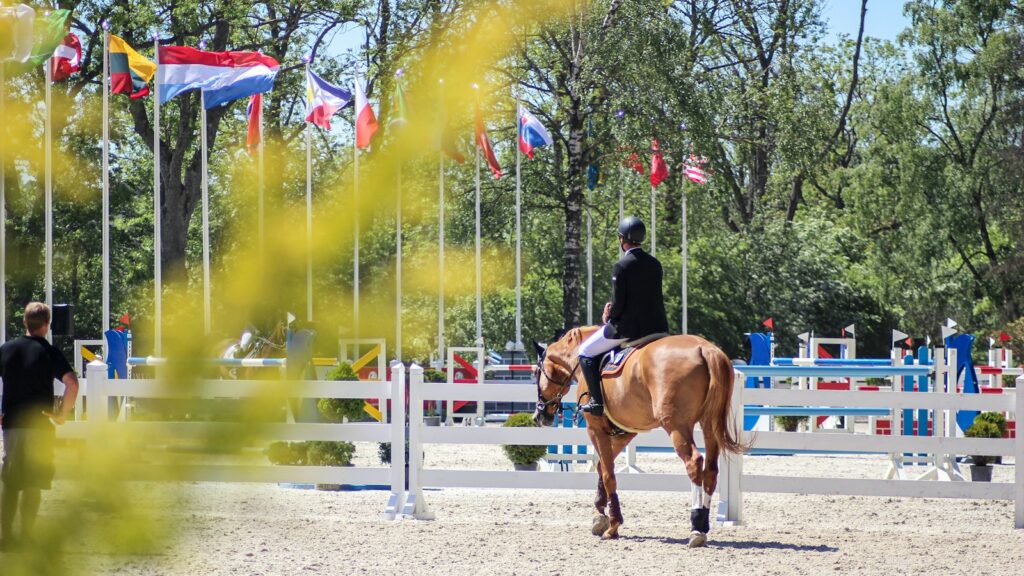
Though not traditionally associated with show jumping at elite levels, Quarter Horses offer beginner jumpers several advantageous qualities that make them excellent learning partners. Their legendary calm temperaments and level-headed approach to new challenges create a secure foundation for nervous beginners. Quarter Horses’ naturally strong hindquarters provide the power needed for jumping, while their typically compact builds make them maneuverable and easy to balance. Many find that Quarter Horses’ willing attitudes and desire to please translate into excellent jumping prospects when introduced to the sport correctly. Their versatility allows beginners to explore different riding disciplines alongside their jumping education, creating well-rounded equestrians with diverse skill sets.
Warmblood Crosses: Blending Athleticism with Sensibility
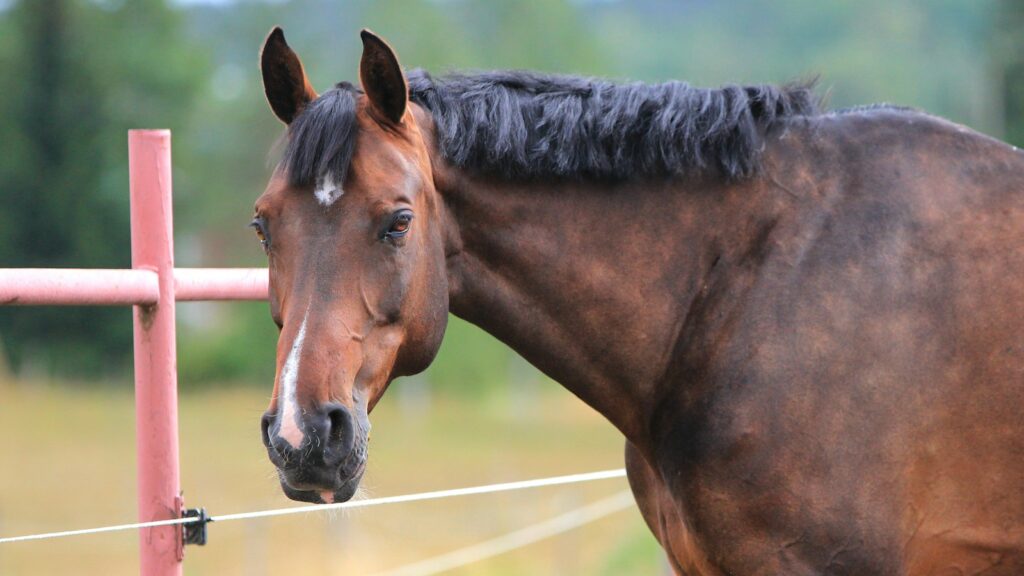
Pure warmbloods can sometimes prove too powerful or sensitive for absolute beginners, but warmblood crosses often strike the perfect balance for novice jumpers. Crossing warmblood lines (like Hanoverian, Dutch Warmblood, or Holsteiner) with more docile breeds like Quarter Horses or draft crosses can produce horses with excellent jumping ability paired with more forgiving temperaments. These crosses typically inherit the scope and technique from their warmblood parentage while gaining steadiness and reliability from their other bloodlines. Many successful junior and amateur jumpers compete on such crosses, finding they offer enough athletic ability to progress through the levels while maintaining the mental stability needed during the learning process. Trainers often recommend these crosses for serious beginners who aspire to advance in the sport but need a confidence-building mount to start their journey.
New Forest Ponies: Perfect for Younger or Smaller Beginners
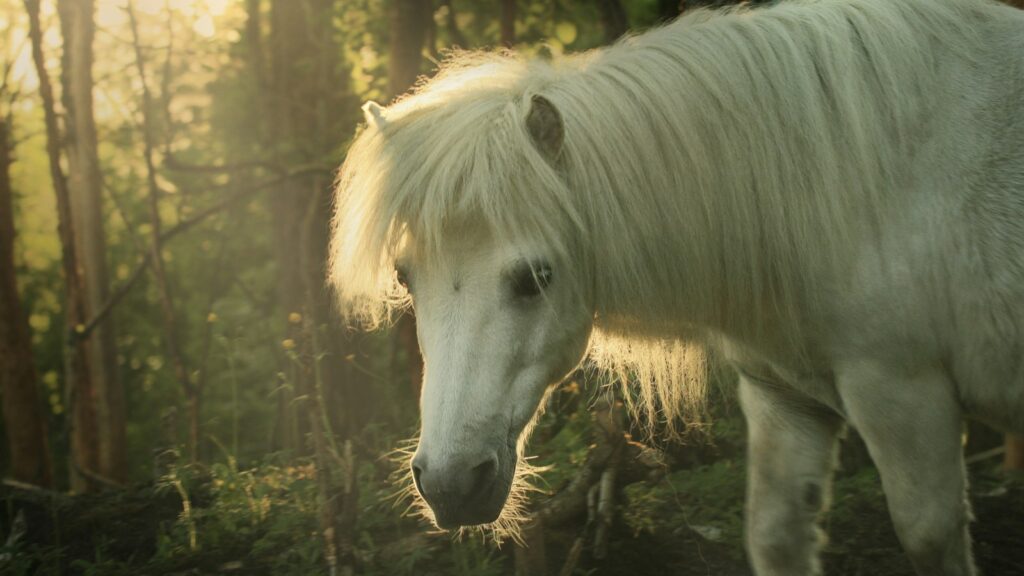
Smaller riders or younger beginners often find their ideal partners in New Forest Ponies, a breed renowned for its jumping ability despite its diminutive stature. Standing typically between 12 and 14.2 hands high, these sturdy ponies possess natural athleticism, intelligence, and a willingness to jump that belies their size. New Forest Ponies combine the manageability of a smaller equine with surprising scope and power, making them capable of competing successfully in pony jumper divisions. Their sensible temperaments provide the confidence-building foundation beginners need, while their natural agility helps develop riders’ understanding of rhythm and pace. Many accomplished equestrians credit these ponies with developing their fundamental jumping skills during formative years before transitioning to larger horses.
Appendix Quarter Horses: Versatility and Athletic Potential
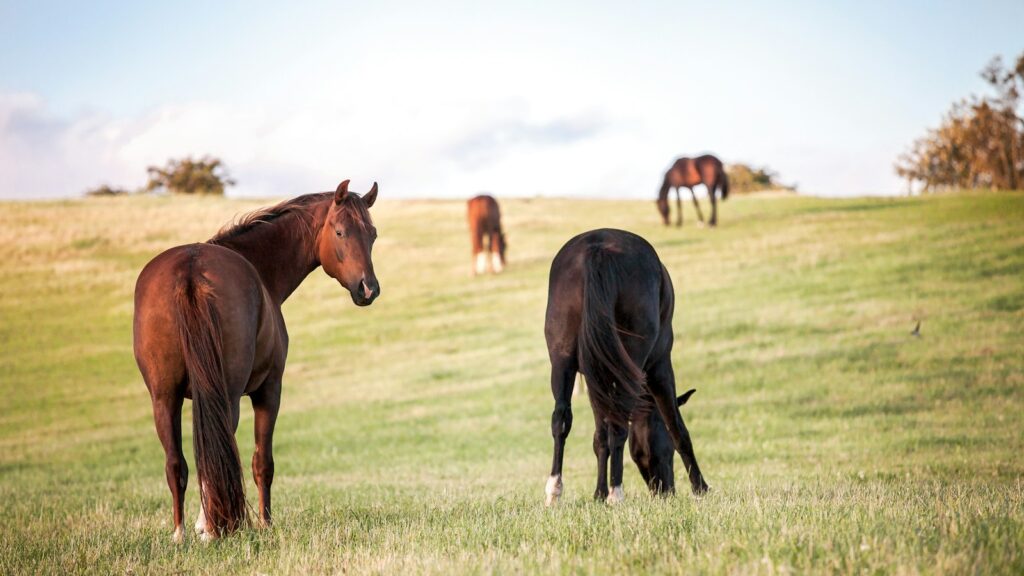
Appendix Quarter Horses—crosses between registered Quarter Horses and Thoroughbreds—offer beginners an excellent balance of athleticism and trainability that suits the show jumping arena. These horses typically inherit the calm, willing temperament of the Quarter Horse while gaining additional height, scope, and “blood” from their Thoroughbred ancestry. Many Appendix Quarter Horses possess natural jumping ability with the physical capabilities to advance through jumping levels as the rider progresses. Their versatility allows beginners to participate in various disciplines, from hunter classes to equitation and jumpers, making them practical choices for riders wanting to explore different aspects of English riding. The breed’s typically sound conformation and durability make them resilient training partners that can withstand the inconsistencies inevitable during the learning process.
Connemara Ponies: Small Stature with Big Jumping Hearts
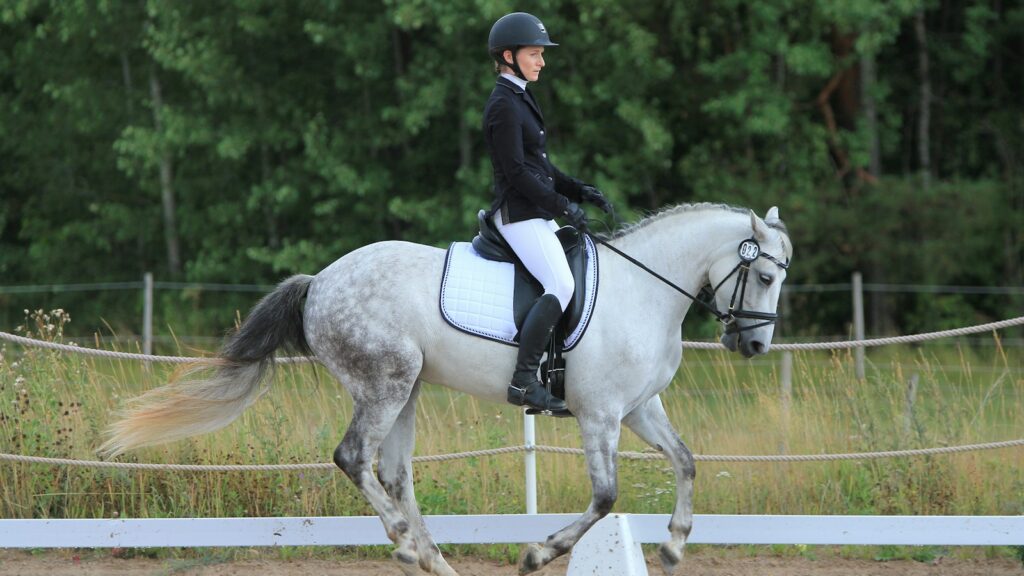
Connemara Ponies have earned worldwide respect for their jumping abilities that far exceed expectations for their size, making them ideal partners for smaller adults or advancing junior riders. Originally from Ireland, these ponies typically stand between 13 and 15 hands high and possess remarkable athletic ability combined with sensible, willing temperaments. Connemaras feature naturally balanced movement and an innate understanding of jumping mechanics, often clearing heights that seem impossible given their stature. Their intelligence allows them to be forgiving of rider errors while still maintaining enough sensitivity to respond to refined aids as the rider advances. Many Connemaras have competed successfully at surprisingly high levels of show jumping, demonstrating their capability to grow with a rider from beginner to intermediate levels.
Morgan Horses: Versatile Americans with Jumping Potential

Though often overlooked in the jumping world, well-bred Morgan horses offer beginners several qualities that translate well to the show jumping arena. Their legendary intelligence and willing personalities create responsive partners that genuinely seem to enjoy working with their riders. Morgans typically possess strong, compact bodies with powerful hindquarters that provide the necessary impulsion for jumping. Their natural collection and balance make it easier for beginners to maintain proper position and rhythm when approaching fences. The breed’s characteristic loyalty often creates strong horse-rider bonds that build confidence in nervous beginners, while their versatility allows riders to explore different disciplines alongside their jumping education.
Thoroughbreds: Retired Racehorses with the Right Temperament
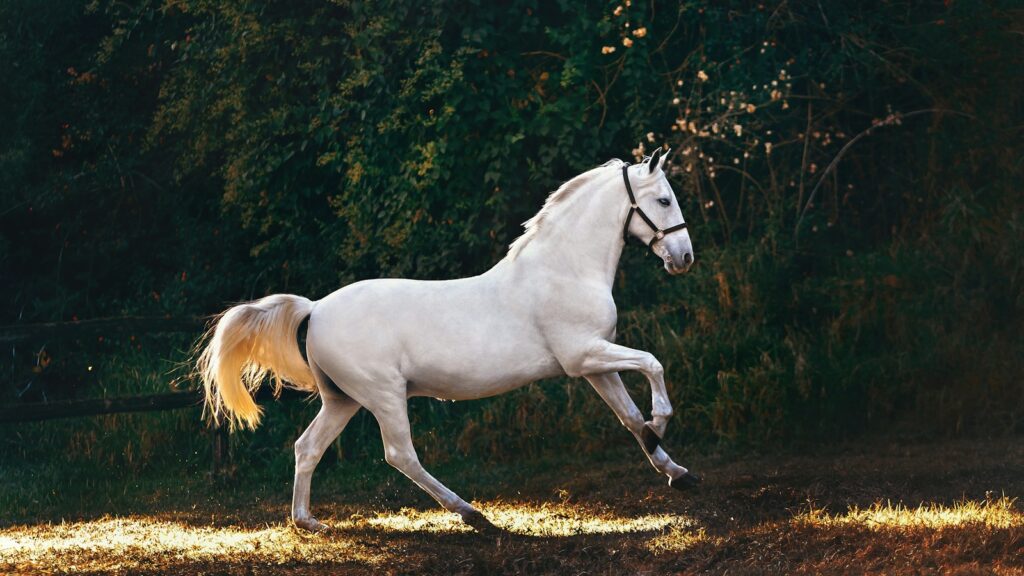
While not all Thoroughbreds are suitable for beginners, carefully selected ex-racehorses with calm temperaments can become exceptional jumping partners after proper retraining. Organizations specializing in Thoroughbred rehoming have become skilled at identifying candidates with the mental and physical attributes needed for a successful second career in jumping. The ideal beginner’s Thoroughbred should be several years removed from racing, fully retrained to English riding, and demonstrating consistent calm behavior under various circumstances. When these conditions are met, Thoroughbreds offer remarkable athleticism, natural speed regulation, and often an innate understanding of jumping that makes them excel in the sport. Their naturally forward movement can help riders who tend to be timid, encouraging a proper pace and approach to fences.
Draft Crosses: Gentle Giants with Surprising Agility
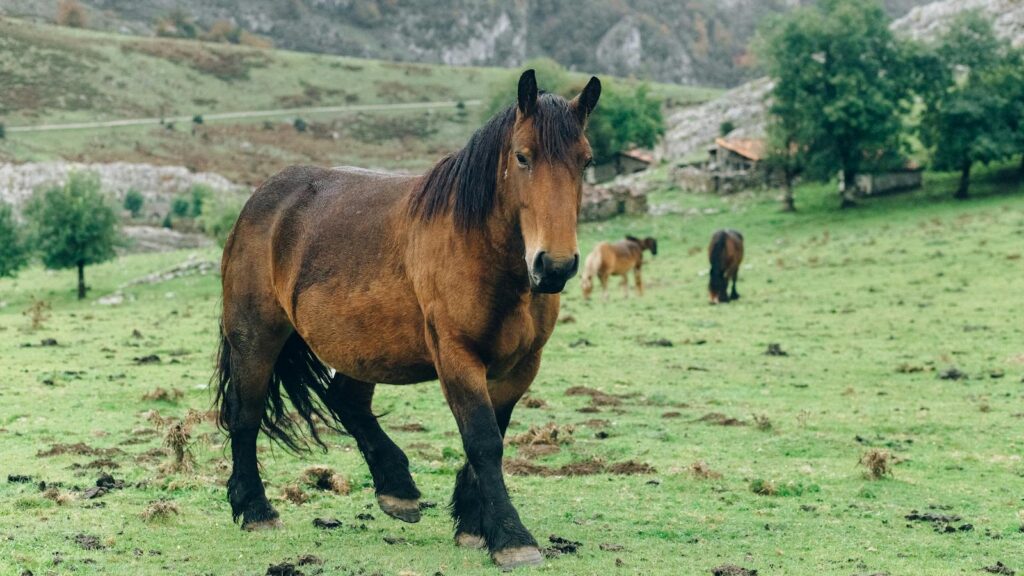
Crosses between draft breeds (like Percheron, Belgian, or Clydesdale) and lighter sport horses often produce excellent mounts for beginner jumpers, especially those who feel intimidated by more reactive breeds. These horses typically inherit the calm, steady temperament and “unflappable” nature of their draft parentage while gaining the athleticism needed for jumping from their sport horse bloodlines. Many draft crosses move with surprising lightness and agility despite their substantial build, providing beginners with a secure, confidence-building ride that still possesses enough athletic ability for lower-level jumping. Their typically broad backs offer stability for developing proper position, while their patient natures forgive the inconsistent aids inevitable during the learning process. For adult beginners or those with larger frames, draft crosses often provide appropriate size and strength to carry riders comfortably.
Welsh Cob (Section D): Powerful Ponies with Professional Potential
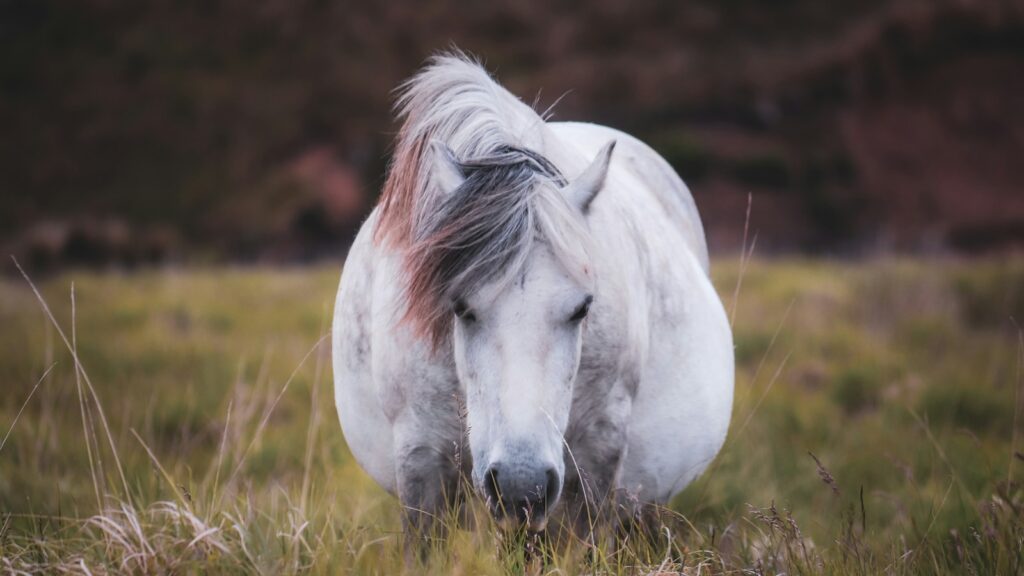
Welsh Cobs offer smaller riders or younger beginners an exceptional combination of power, agility, and sensible temperament that translates beautifully to the jumping arena. Standing between 13.2 and 15 hands high, these sturdy ponies possess remarkable strength and athleticism that allows them to carry adults while maintaining the manageability often needed by novice jumpers. Welsh Cobs feature naturally uphill movement and powerful hindquarters that provide excellent jumping mechanics, making it easier for beginners to experience proper take-off and landing sensations. Their intelligence and willing nature create responsive partners that genuinely seem to enjoy jumping, often demonstrating enthusiasm that helps motivate hesitant beginners. Despite their classification as ponies, many Welsh Cobs compete successfully at surprisingly advanced levels of jumping, proving their capability to grow with riders as skills develop.
Haflinger: Unexpected Jumping Talent in a Compact Package
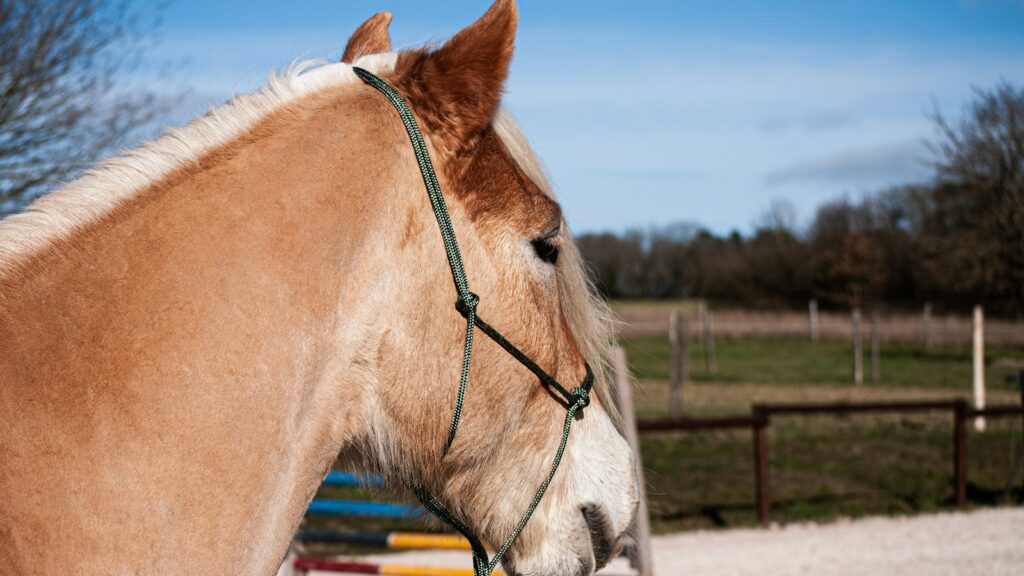
Though traditionally bred as versatile mountain horses, Haflingers have demonstrated surprising aptitude for jumping when properly trained, making them excellent choices for smaller beginners or young riders. Their distinctive golden chestnut coloring with flaxen mane and tail houses a compact, powerful body typically standing between 13.2 and 15 hands high. Haflingers possess naturally strong hindquarters and balanced movement that provides the foundation for good jumping mechanics. Their intelligence and willing temperaments create trainable partners that typically respond well to consistent guidance from riders and trainers. For beginners intimidated by larger horses, Haflingers offer an approachable size without sacrificing the strength needed to provide a secure, confidence-building ride over smaller jumps.
Considerations Beyond Breed When Selecting a Beginner Jumper
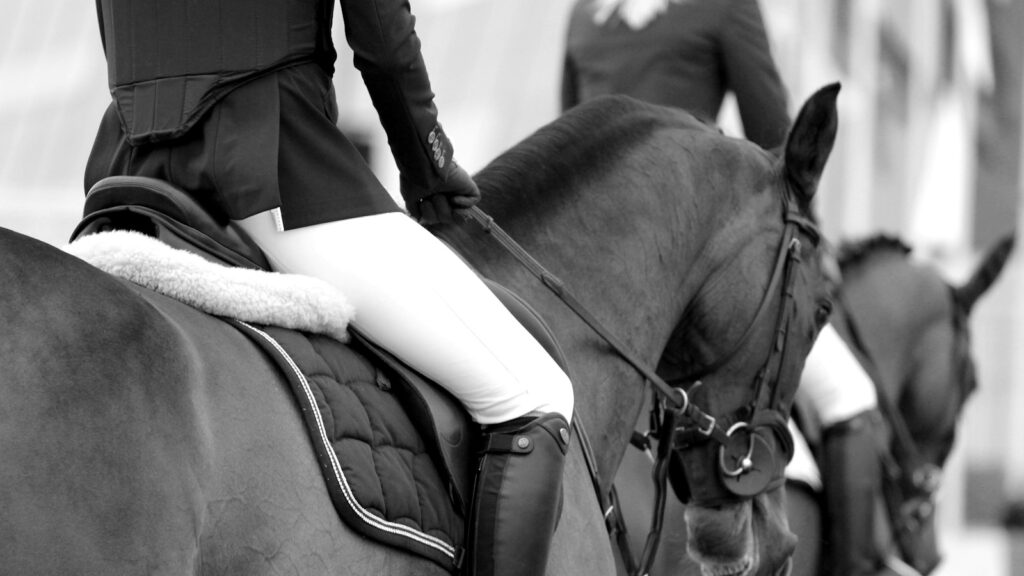
While breed characteristics provide useful guidelines, individual horse temperament and training history ultimately matter more than bloodlines when selecting a beginner’s jumping mount. Age plays a crucial role—most trainers recommend horses at least 8-12 years old for novice jumpers, as these horses have typically developed physical and mental maturity necessary for consistent performance. Prior experience with beginners represents perhaps the most valuable asset, as horses that have successfully taught other novices demonstrate proven ability to forgive mistakes while maintaining their own confidence. Regardless of breed, proper veterinary examination before purchase remains essential, with particular attention to soundness of limbs, back, and respiratory system. Finding a horse that matches the rider’s physical size, strength, and personality often proves more important than adherence to any particular breed standard.
Conclusion
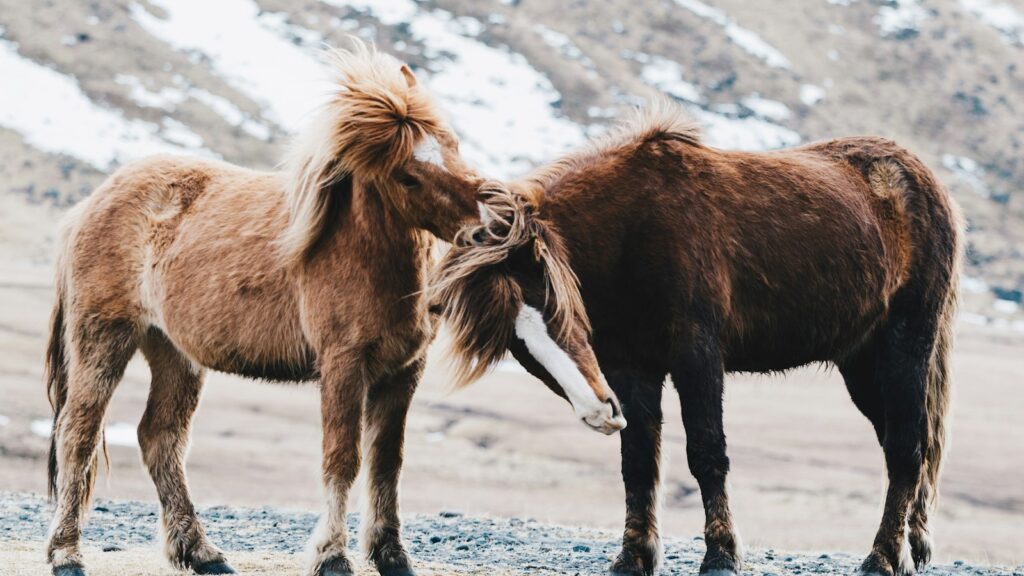
The journey into show jumping begins with finding the right equine partner—one that builds confidence while teaching fundamental skills. While this article has highlighted breeds with characteristics that typically suit beginners, exceptional horses exist in almost every breed that can successfully introduce riders to the sport. The ideal beginner’s jumper ultimately combines appropriate physical capabilities with the golden temperament traits of patience, forgiveness, and confidence. By prioritizing these qualities and seeking guidance from experienced trainers during the selection process, new jumpers set themselves on the path to a rewarding partnership. Remember that the perfect horse creates not just a foundation for technical skills but also nurtures the passion and confidence that will fuel a lifelong journey in this exhilarating sport.

